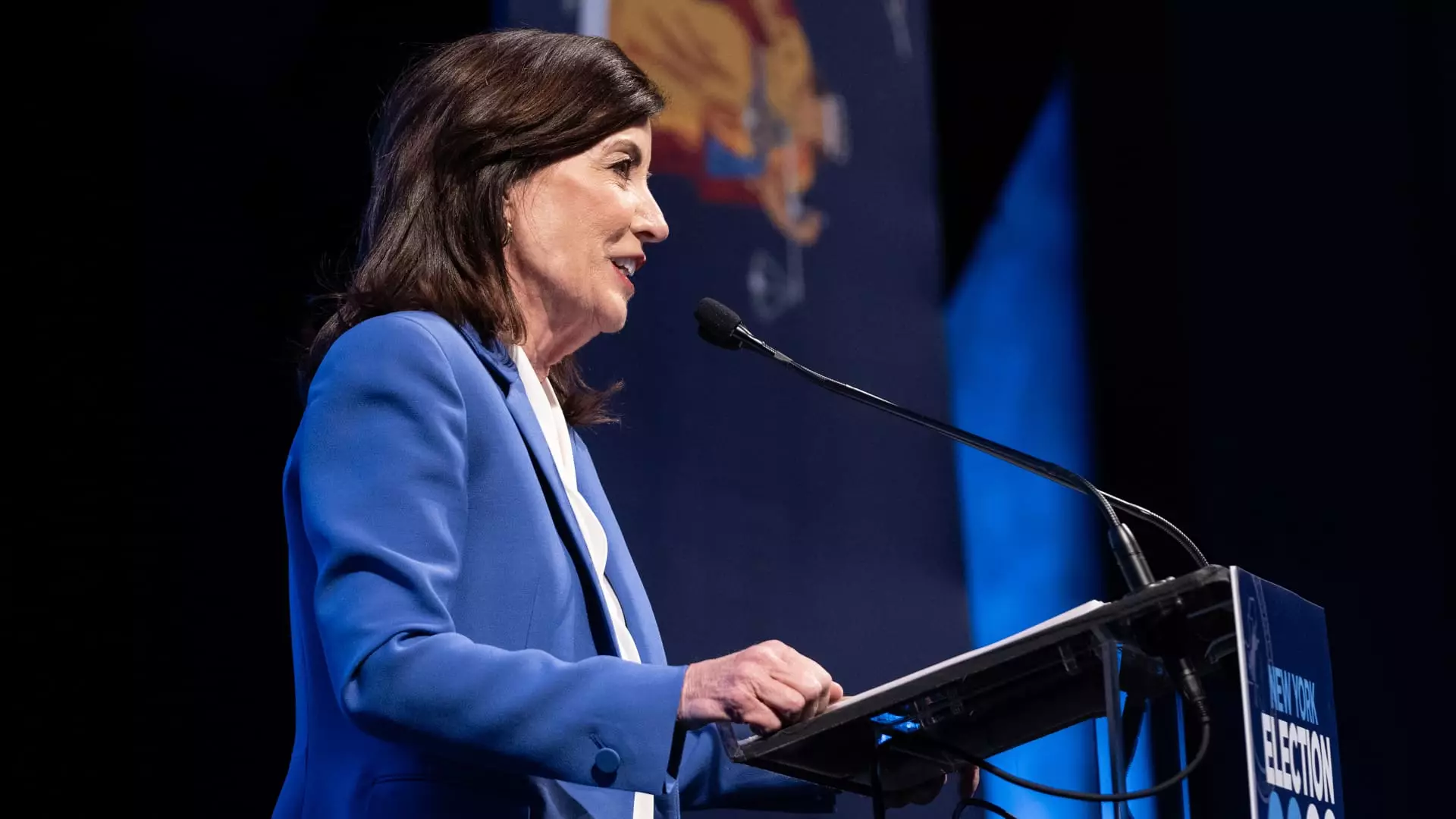New York has recently introduced a program that provides homeowners with the opportunity to receive rebates of up to $14,000 for making energy-efficient upgrades to their properties. This initiative is part of the federal Inflation Reduction Act, which is the largest climate-focused legislation in U.S. history. The goal of these rebate programs is to help consumers reduce their carbon footprint and lower their future energy bills by investing in energy-efficient upgrades such as air sealing, insulation, electric heat pumps, and electric stoves.
Following New York’s lead, more states are expected to roll out similar rebate programs by the end of the summer. The federal government has allocated $8.8 billion for consumers through two Home Energy Rebates programs. These financial incentives aim to assist consumers in covering the costs associated with energy-efficiency upgrades, ultimately promoting a more sustainable environment while saving money on energy expenses.
New York was the first state to launch part of the rebate program on May 30, offering up to $14,000 in federal funds to low-income households. This funding, when combined with New York’s existing EmPower+ program, can provide up to $24,000 in total rebates for eligible consumers. The state program is administered by the New York State Energy Research and Development Authority, which oversees the distribution of funds and ensures that homeowners can access the financial support they need.
The Energy Department has reported that a total of seventeen states have already applied for Home Energy Rebates funding, with New York being the first to disburse funds to eligible consumers. More states are expected to follow suit in the coming months, with California and Hawaii being in the final stages of approval. The expansion of these rebate programs is seen as a significant milestone in the broader effort to combat climate change and promote energy efficiency across the country.
The Inflation Reduction Act established two main programs: the Home Efficiency Rebates program and the Home Electrification and Appliance Rebates (HEAR) program. New York’s initial launch was focused on the HEAR program, with plans to apply for the second phase at a later date. The HEAR program targets low and middle-income homeowners, providing specific maximum dollar amounts for different types of energy-efficient upgrades, such as air sealing, insulation, electrical service upgrades, heat pump water heaters, and heat pumps. Low-income households can offset 100% of their project costs, up to $24,000 in combined federal and state funds.
Looking ahead, New York aims to expand the HEAR program in the fourth quarter of 2024 to include moderate-income residents, multifamily buildings, and the purchase of electric appliances like ENERGY STAR-rated electric stoves and heat pump clothes dryers. This expansion will broaden the scope of the rebate program and make it more accessible to a wider range of consumers. Additionally, the Home Efficiency Rebates program is poised to further incentivize energy efficiency by rewarding households based on their overall energy savings.
The launch of these rebate programs in New York and other states represents a crucial step towards a more sustainable and energy-efficient future. By providing financial incentives to homeowners to invest in energy-efficient upgrades, the government is empowering individuals to take action in reducing their environmental impact and saving money on energy costs. As these programs continue to expand and evolve, they have the potential to transform the way we view and approach energy efficiency in the years to come.

